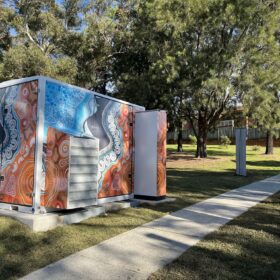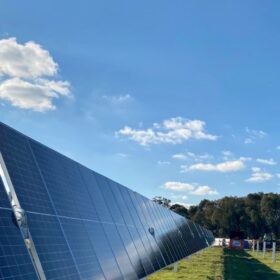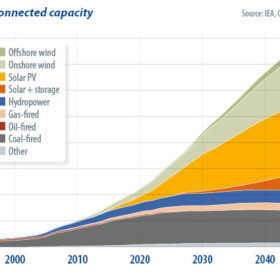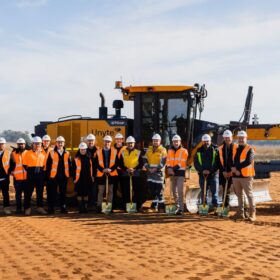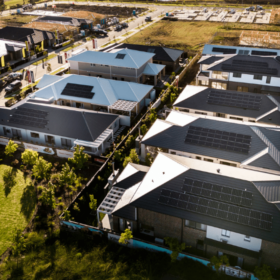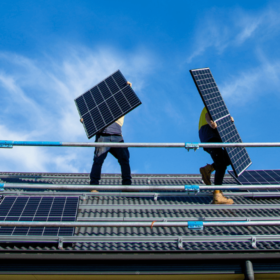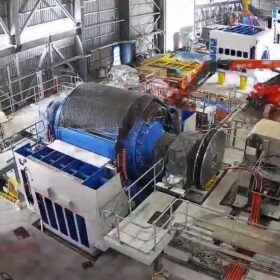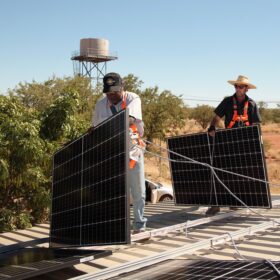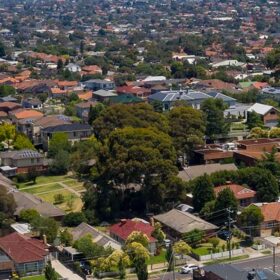NT begins synchronous condenser conversion to support solar
The Northern Territory government has detailed plans to convert one of the gas-fired turbines at the Channel Island power station to operate as a synchronous condenser as a new report reveals the Territory’s electricity system is in a “prime but precarious” position.
Feds provide backing for more than 420 community batteries to share rooftop solar
The Australian government has beefed up its commitment to community batteries to support the integration of renewable energy in the grid with more than 420 battery energy storage systems to be installed in neighbourhoods across the country as part of its Community Batteries for Household Solar program.
Maryvale solar and storage project lands support in NSW tender round
The Maryvale solar and battery hybrid project being developed in central western New South Wales in one of two renewables projects with a combined generation capacity of 312 MW that have secured long-term energy service agreements through the state government’s latest tender round.
China could lead the world to net zero
China, with an 18% share of the global population, uses 26% of the world’s primary energy and emits 33% of the world’s energy-related CO2. The energy transition unfolding in the country isn’t merely a national affair as its ramifications echo globally, explains Mahnaz Hadizadeh, a researcher for consultancy DNV.
AEMC tweaks grid connection rules to relieve project backlog
The Australian Energy Market Commission has published a final rule to speed up grid connections for new renewable energy generation and storage in light of the pace and scale of projects being built to achieve the national target of 82% of renewables by 2030.
ACLE begins building first in 270 MWh battery project pipeline
Australian EPC contractor ACLE Services has broken ground on a 5 MW / 10 MWh battery energy storage project in northern Victoria that is the first in a planned pipeline of 27 batteries that will be rolled out across regional Australia delivering a combined capacity of 270 MWh.
Singapore fund eyes Australia after acquiring NZ solar developer
Singapore-based renewable energy fund manager SC Oscar has snapped up New Zealand solar project developer Rānui Generation as part of its strategy to build a portfolio of renewable energy assets in both New Zealand and Australia.
AEMO reinforces role of rooftop solar in energy transition
The Australian Energy Market Operator’s latest Integrated System Plan has stamped the role rooftop solar will play in the nation’s energy transition, revealing that the total capacity of rooftop PV and other distributed solar in the nation’s main grid is forecast to rise from 21 GW to 86 GW by 2050.
AGL partners with Elecsome on solar panel recycling plan
Power giant AGL Energy has teamed with Melbourne-based solar panel recycling company Elecsome to explore the development of a PV materials recovery facility at the site of the coal-fired Bayswater power plant in the New South Wales Hunter Region.
Transgrid turns to synchronous condensers to safeguard system strength
New South Wales power grid owner Transgrid is looking at rolling out up to 14 synchronous condensers and 4.8 GW of batteries with ‘grid forming’ capability to protect and strengthen the security and stability of the electricity grid as coal-fired power plants retire and more renewables come online.

